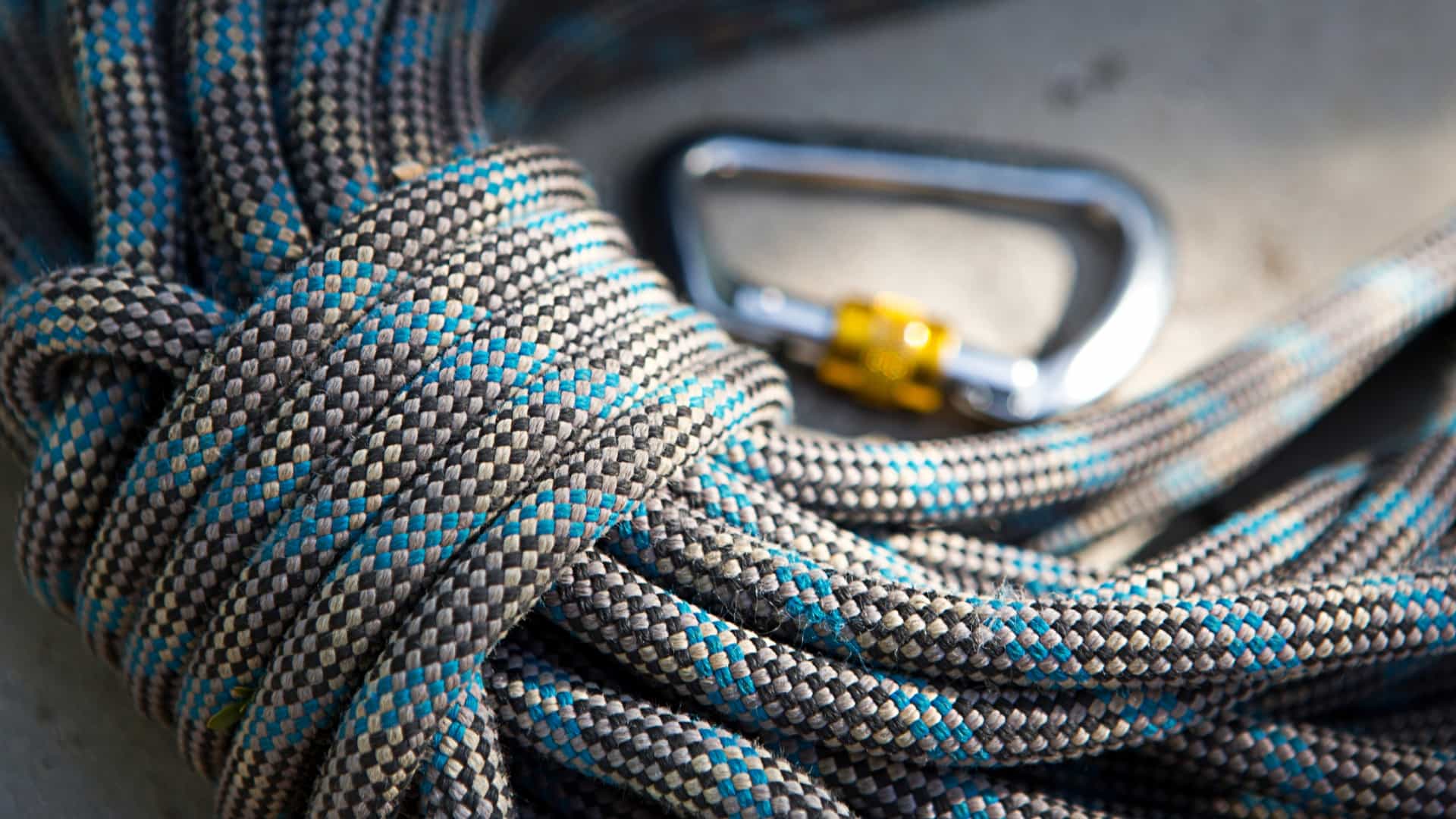

Articles
How To Store A Rope
Modified: May 6, 2024
Learn how to store a rope properly and prevent tangles and damage with our informative articles. Discover efficient storage techniques and keep your ropes in top condition.
(Many of the links in this article redirect to a specific reviewed product. Your purchase of these products through affiliate links helps to generate commission for Storables.com, at no extra cost. Learn more)
Introduction
When it comes to proper rope storage, many people may not realize that there are specific methods and techniques to keep your ropes in the best condition. Whether you use ropes for outdoor activities like rock climbing or boating, or for more practical purposes like camping or tying objects together, proper storage can help prolong the lifespan of your ropes and ensure their reliability when you need them most.
Choosing the right storage method is essential for maintaining the integrity of your ropes. The way you store your ropes can affect their strength, flexibility, and overall performance. In this article, we will explore different rope storage options and provide useful tips to ensure your ropes stay in optimal condition for years to come.
Key Takeaways:
- Proper rope storage is essential for maintaining rope integrity, performance, and lifespan. Choose the right storage method, clean and inspect ropes before storage, and protect them from moisture and sunlight to ensure reliability.
- Consider coiling, using a rope bag, hanging, storing in a tub or bin, or utilizing a rope organizer for rope storage. Regularly rotate and inspect stored ropes, keep them dry and clean, and seek expert advice for specialized ropes.
Read more: How To Store Rope
Choosing the Right Storage Method
When it comes to choosing the right storage method for your ropes, there are several factors to consider. These include the type of rope, the length of the rope, the frequency of use, and the available space for storage. Let’s take a closer look at some common storage methods and their suitability for different scenarios.
Coiling the Rope: Coiling the rope is one of the most common storage methods. It involves neatly winding the rope into a coil and securing it with a rope keeper or a rubber band. This method is ideal for shorter ropes and ropes that are used regularly. Coiled ropes are easy to store, compact, and can be hung on hooks or placed in a rope bag for added protection.
Using a Rope Bag: A rope bag is designed specifically for storing ropes. It usually has a built-in tarp or groundsheet to keep the rope clean and protect it from dirt and debris. Rope bags come in various sizes and are suitable for longer ropes or ropes that require frequent transportation. They are a convenient option for climbers, cavers, and other outdoor enthusiasts who need to carry their ropes on adventures.
Hanging the Rope: Hanging the rope is another effective storage method, especially for longer ropes. You can hang the rope on a hook or a hanger in a dry, well-ventilated area. Make sure the rope is properly coiled to prevent tangling. This method allows the rope to naturally untwist and helps maintain its flexibility and shape.
Storing the Rope in a Tub or Bin: If you have a large amount of rope or need to store ropes for an extended period, using a tub or bin can be a practical solution. Choose a container that is large enough to hold the coiled rope without causing excessive compression. Place the rope in the container and cover it with a lid to protect it from dust and moisture. Be sure to label the container for easy identification.
Using a Rope Organizer: Rope organizers are specially designed systems that allow you to store and manage multiple ropes. These organizers provide a compact and efficient way to keep your ropes organized and tangle-free. They typically feature a series of slots or compartments where you can coil and secure each rope individually. A rope organizer is an excellent option for avid climbers or rope enthusiasts who need to store different types and lengths of ropes.
Consider your specific needs and the characteristics of your ropes when choosing a storage method. Remember to take into account the accessibility, protection, and ease of use of each method to ensure that your ropes remain in excellent condition.
Preparing the Rope for Storage
Before storing your rope, it is important to take a few steps to ensure that it remains in the best possible condition. These preparation steps will help to keep your rope clean, dry, and free from any damage or excessive wear. Here are some important things to consider:
Clean the Rope: Before storing your rope, it is essential to clean it thoroughly. Remove any dirt, mud, or debris by running the rope through your hands or gently brushing it with a soft-bristled brush. If the rope is heavily soiled, you can use a mild soap and lukewarm water solution to wash it. Rinse the rope thoroughly and allow it to dry completely before moving on to the next step.
Inspect for Damage: Carefully examine the entire length of the rope for any signs of fraying, cuts, or other damage. Look for worn areas, broken fibers, or any other abnormalities that may compromise the rope’s strength and safety. If you notice any significant damage, it is best to retire the rope and replace it with a new one.
Untwist and Straighten: Ropes tend to twist and become tangled over time. To ensure proper storage and easy handling, untwist the rope and straighten it out before coiling or using any other storage method. This will help prevent kinks and knots from forming and make it easier to handle the rope when needed.
Avoid Exposure to Sunlight: Prolonged exposure to sunlight can weaken and degrade the fibers of your rope. It is best to store your rope in a cool, dry place away from direct sunlight. If you are storing your rope outdoors, use a rope bag or cover it with a tarp to protect it from the sun’s harmful UV rays.
Keep Away from Chemicals: Avoid storing your rope near chemicals, solvents, or corrosive substances. These can weaken the rope’s fibers and compromise its strength and integrity. Choose a storage location that is free from any potential chemical exposure.
Avoid Moisture and Humidity: Moisture and humidity can lead to mold, mildew, and rot in ropes. Always ensure that your rope is completely dry before storing it. If you need to store your rope in an area with high humidity, consider using a moisture-absorbing packet or a dehumidifier to help maintain a dry environment.
By taking these preparatory steps, you can ensure that your rope is clean, undamaged, and ready for storage. This will help maintain its strength and durability, prolonging its lifespan and ensuring its reliability when you need it.
Option 1: Coiling the Rope
Coiling the rope is a popular and effective storage method that is suitable for shorter ropes and ropes that are used regularly. It involves neatly winding the rope into a coil and securing it to prevent tangling. Here’s a step-by-step guide on how to coil your rope:
- Start by finding an open space where you can lay out the rope. Make sure the area is clean and free from any debris or obstacles.
- Hold one end of the rope in your hand and use your other hand to create a loop by folding the rope back on itself. The loop should be large enough to easily pass your hand through.
- Continue to make loops, alternately crossing the rope over and under, until you reach the end of the rope. The size of the loops will depend on the length of the rope and your personal preference, but aim for consistency to create an even coil.
- Once you reach the end of the rope, hold the coil firmly in one hand to prevent it from unraveling.
- Using a rope keeper, rubber band, or a piece of string, secure the coil by wrapping it tightly around the rope. Make sure the wrap is firm but not so tight that it compresses the rope excessively.
- Store the coiled rope in a suitable location, such as hanging it on a hook, placing it in a rope bag, or storing it in a tub or bin.
Coiling the rope has several benefits. It helps to prevent tangling and keeps the rope neat and organized. Coiled ropes are compact and easy to store, making them a convenient option for transportation or when storage space is limited. Additionally, coiling the rope properly allows it to naturally untwist and maintains its flexibility and shape.
Keep in mind that when coiling your rope, it’s important to avoid crossing it over any sharp or abrasive surfaces that could cause damage. Also, be mindful of any kinks or twists in the rope and smooth them out as you coil.
Coiling the rope is a simple and effective storage method that is suitable for a wide range of applications. By properly coiling your ropes, you can ensure that they remain in excellent condition and are ready for use whenever you need them.
Option 2: Using a Rope Bag
Using a rope bag is a convenient and practical storage method, especially for longer ropes or ropes that require frequent transportation. A rope bag is specifically designed to keep your rope clean, protected, and easily accessible. Here’s a detailed guide on how to use a rope bag for storage:
- Choose a rope bag that is suitable for the length and diameter of your rope. Consider features such as durability, capacity, and any additional compartments or pockets that may be useful for storing accessories like carabiners or belay devices.
- Open the rope bag and lay it flat on the ground or a clean surface.
- Place the rope in the center of the bag, making sure it is untwisted and straightened.
- Fold the sides of the bag over the rope, enclosing it completely.
- If the bag has a drawstring closure, pull the drawstring tight to secure the rope inside. If the bag has a zipper closure, simply zip it shut.
- Check that the rope is properly stored and secure within the bag, with no loose ends or tangles.
- Store the rope bag in a dry, well-ventilated area. Avoid exposure to direct sunlight or extreme temperatures.
Using a rope bag offers several advantages when it comes to rope storage. Firstly, the bag provides protection against dirt, dust, and moisture, which can degrade the rope’s integrity over time. The bag also helps to prevent tangling and keeps the rope organized, minimizing the time and effort required to prepare it for use.
Additionally, a rope bag is designed with portability in mind. It often features a handle or straps for easy carrying, making it convenient for climbers, cavers, or any outdoor enthusiasts who need to transport their ropes to different locations. Some rope bags even have built-in tarps or ground sheets that can be spread out to keep the rope clean and protected during use.
When using a rope bag, make sure to clean and inspect the rope regularly to ensure its safety and longevity. Remove any dirt or debris from the rope before storing it, and check for any signs of damage or wear that may require repair or replacement.
Using a rope bag is an excellent storage option that combines convenience, protection, and portability. By properly storing your rope in a dedicated bag, you can ensure that it remains in optimal condition and is always ready for your next outdoor adventure.
To store a rope, coil it neatly and secure it with a rope or rubber band to prevent tangling. Store it in a dry, cool place away from direct sunlight to prevent degradation.
Read more: How To Store Climbing Rope
Option 3: Hanging the Rope
Hanging the rope is a simple yet effective storage method, especially for longer ropes. This method allows the rope to stay untangled, retain its natural shape, and remain easily accessible. Here’s a step-by-step guide on how to hang your rope for storage:
- Find a suitable location to hang your rope. Ideally, it should be a dry area with good ventilation to prevent moisture buildup.
- Choose a strong and sturdy hook or hanger that can support the weight of the rope.
- Start by holding one end of the rope and allow it to hang freely.
- Continue to let the rope drop, guiding it from side to side to prevent tangling as it hangs.
- Once the entire length of the rope is hanging, adjust any twists or kinks by gently untwisting and straightening it.
- Ensure that the rope is not in contact with any sharp edges or abrasive surfaces that may cause damage.
- Secure any loose excess rope by tying a simple overhand knot at the end or using a rope keeper.
Hanging the rope has several benefits. It allows the rope to naturally untwist and maintain its flexibility. By hanging the rope, you also prevent it from developing kinks or knots that could affect its performance during use. Additionally, hanging the rope keeps it visible and easily accessible, making it convenient for quick deployment when needed.
When hanging your rope, it’s important to regularly inspect it for signs of wear and damage. Look for any frayed sections, cuts, or other abnormalities that may compromise the rope’s integrity. If you notice any significant damage, it’s wise to retire the rope and replace it with a new one to ensure your safety.
Keep in mind that if you choose to hang your rope outdoors, you should take precautions to protect it from prolonged exposure to sunlight. UV rays can weaken the rope’s fibers over time, potentially reducing its strength and lifespan. Consider using a rope bag or covering the rope with a tarp to shield it from the sun.
Hanging the rope is a practical and space-efficient storage method that helps to keep your rope in optimum condition. By following these simple steps, you can ensure that your rope remains tangle-free, easily accessible, and ready for your next adventure.
Option 4: Storing the Rope in a Tub or Bin
Storing the rope in a tub or bin is an excellent option, especially for those who have a large amount of rope or need to store their ropes for an extended period. This method provides protection from dust, dirt, and moisture, keeping your rope clean and ready for use. Follow these steps to store your rope in a tub or bin:
- Choose a container that is large enough to comfortably hold the coiled rope without excessive compression. Consider using a plastic storage tub or bin with a secure lid.
- Ensure that the container is clean and free of any debris or moisture.
- Start by coiling the rope neatly. Use the coiling method mentioned earlier in this article to create an even and tight coil.
- Place the coiled rope inside the container, making sure the coil is compact and fits snugly without any loose ends sticking out.
- Make sure to label the container with the type or length of the rope for easy identification in the future.
- Put the lid securely on the container, sealing it tightly to protect the rope from dust, moisture, and other contaminants.
- Store the container in a cool and dry location, away from direct sunlight or extreme temperatures.
Storing your rope in a tub or bin provides several advantages. It helps to keep the rope clean and protected from environmental elements that can degrade its strength and integrity. The container also keeps the rope organized and readily accessible, making it easy to find and retrieve when needed.
When storing your rope in a tub or bin, it’s a good idea to periodically check on it and inspect for any signs of damage, such as frayed areas or knots. If you notice any issues, address them promptly to prevent further deterioration. Additionally, ensure that the container remains sealed properly to maintain the rope’s cleanliness and protection.
If you plan to store ropes for an extended period, consider adding a moisture-absorbing packet or desiccant to the container. This helps to minimize any moisture buildup and reduce the risk of mold or mildew growth.
Storing your rope in a tub or bin is an effective way to keep it clean, organized, and well-protected. By following these guidelines, you can ensure that your ropes remain in excellent condition and are ready for use whenever you need them.
Option 5: Using a Rope Organizer
Using a rope organizer is a fantastic option for those who need to store and manage multiple ropes. A rope organizer provides a structured and efficient way to keep your ropes organized, untangled, and easily accessible. Follow these steps to utilize a rope organizer for your rope storage:
- Select a rope organizer that suits the number and length of your ropes. Rope organizers come in various sizes and configurations, such as racks, bags with compartments, or specialized rope management systems.
- Start by coiling each rope individually. Make sure to follow the coiling method mentioned earlier in this article to create tight and even coils.
- Insert each coiled rope into the designated slot, compartment, or attachment point in the rope organizer. Ensure that each rope is secured in place to prevent shifting or tangling.
- Label each slot, compartment, or attachment point with the type or length of the rope for easy identification.
- If your rope organizer has any additional features, utilize them to further organize and manage your ropes. This can include pockets for storing accessories like carabiners or belay devices.
- Store the rope organizer in a suitable location, such as hanging it on a hook or placing it in a dry and well-ventilated area.
Using a rope organizer provides several advantages. It keeps your ropes neatly organized, preventing them from becoming tangled or damaged. The individual slots or compartments ensure that each rope is easily accessible without the hassle of untangling or searching through a jumble of ropes. Rope organizers also help to extend the lifespan of your ropes by reducing wear and tear caused by friction or improper storage.
Regularly inspect your ropes stored in the organizer for signs of wear, fraying, or other damage. Be sure to address any issues promptly and replace ropes that no longer meet safety standards.
When choosing a rope organizer, consider factors such as durability, portability, and the number of ropes you need to store. Some organizers are designed for specific activities, such as climbing or rope access, while others are more versatile for general rope storage needs.
Using a rope organizer is an efficient and effective way to store and manage multiple ropes. By employing a rope organizer, you can keep your ropes in excellent condition, easily access them when needed, and optimize your storage space.
Additional Tips for Rope Storage
Proper rope storage is essential for maintaining the longevity and performance of your ropes. In addition to the storage methods mentioned earlier, here are some additional tips to keep in mind when storing your ropes:
- Rotate and Inspect: Periodically rotate the coils of your stored ropes to prevent any permanent warping or kinking. Additionally, regularly inspect your ropes for signs of wear, fraying, or damage. Promptly address any issues and replace worn-out ropes to ensure your safety during future use.
- Keep Dry and Clean: Before storing your rope, make sure it is completely dry to prevent the growth of mold or mildew. If your rope gets wet during use, allow it to air dry completely before coiling or storing. Avoid storing your rope in areas prone to moisture or high humidity.
- Avoid Extreme Temperatures: Extreme heat or cold can adversely affect the strength and integrity of your ropes. Store your ropes in an environment with stable and moderate temperatures. Avoid storing them in areas exposed to direct sunlight, near heaters, or in freezing conditions.
- Separate Rope Types: If you have ropes of different types or sizes, store them separately. This prevents cross-contamination of dirt or debris and minimizes the risk of confusion or mixing ropes during use.
- Provide Adequate Ventilation: Proper air circulation helps prevent the accumulation of moisture and minimizes the risk of odor or mildew. Choose a storage location with good ventilation or use a dehumidifier in areas with high humidity.
- Label and Organize: Clearly label your ropes or rope storage containers for easy identification. This saves time and eliminates guesswork when searching for a specific rope. Consider using color-coded labels or tags to distinguish between different ropes.
- Consider Long-Term Storage: If you plan to store your ropes for an extended period, it’s a good idea to periodically inspect and rearrange them to prevent any long-term compression or stress on specific areas.
- Seek Expert Advice: If you have specialized ropes or are unsure about the proper storage methods, consult the manufacturer’s guidelines or seek advice from industry professionals. They can provide valuable insights tailored to your specific ropes and their intended use.
By following these additional tips, you can ensure that your ropes remain in top condition, ready for your next adventure. Remember, proper storage and care not only extend the lifespan of your ropes but also enhance their safety and reliability during use.
Read more: How To Store Battle Ropes
Conclusion
Properly storing your rope is critical for maintaining its integrity, performance, and lifespan. By choosing the right storage method and following the recommended techniques, you can ensure that your ropes remain in excellent condition and ready for use whenever you need them.
From coiling the rope to using a rope bag, hanging it, storing it in a tub or bin, or utilizing a rope organizer, each storage option offers its own advantages and considerations. Consider factors such as rope length, frequency of use, available space, and desired portability when deciding which method best suits your needs.
Remember to clean and inspect your ropes before storage, removing any dirt or debris and checking for signs of wear or damage. Take steps to protect your ropes from moisture, extreme temperatures, and exposure to sunlight, as these factors can degrade their strength over time. Additionally, regularly rotate and inspect your stored ropes to ensure they remain in optimum condition.
By following the additional tips provided, such as separating rope types, providing ventilation, labeling and organizing, and seeking expert advice when needed, you can further enhance the storage and care of your ropes.
Proper rope storage is not only essential for the safety and performance of your ropes but also for your own peace of mind during outdoor adventures, climbing expeditions, or any other activities that rely on reliable and sturdy ropes.
So, take the time to implement these storage methods and tips and ensure that your ropes are stored correctly. By doing so, you can enjoy the benefits of well-maintained ropes that are ready for your next exciting endeavor.
After mastering rope storage, why stop there? Efficiently managing cords around your home or workspace can also simplify life significantly. Dive into our latest guide on cord management strategies designed specifically for 2024. With smart, easy-to-implement solutions, you'll ensure every cable and cord is neatly organized, preventing clutter and easing maintenance. Don’t miss out on these essential tips!
Frequently Asked Questions about How To Store A Rope
Was this page helpful?
At Storables.com, we guarantee accurate and reliable information. Our content, validated by Expert Board Contributors, is crafted following stringent Editorial Policies. We're committed to providing you with well-researched, expert-backed insights for all your informational needs.
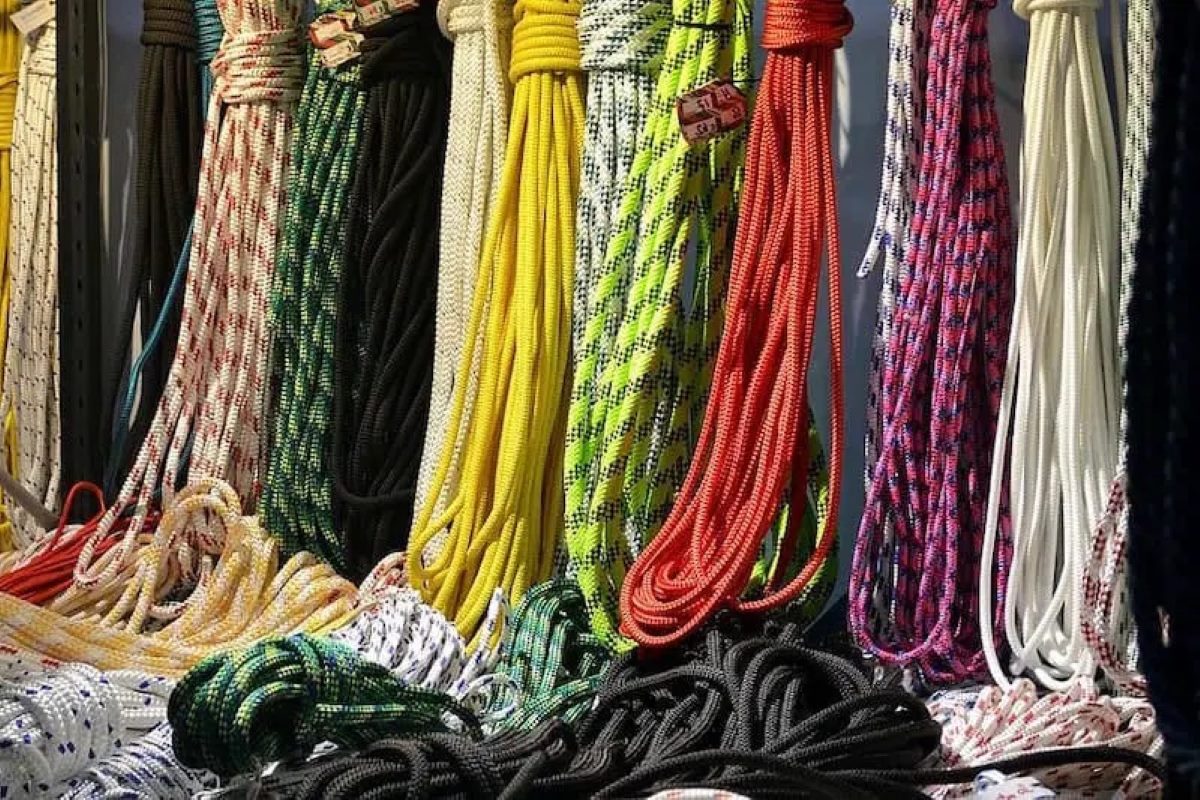

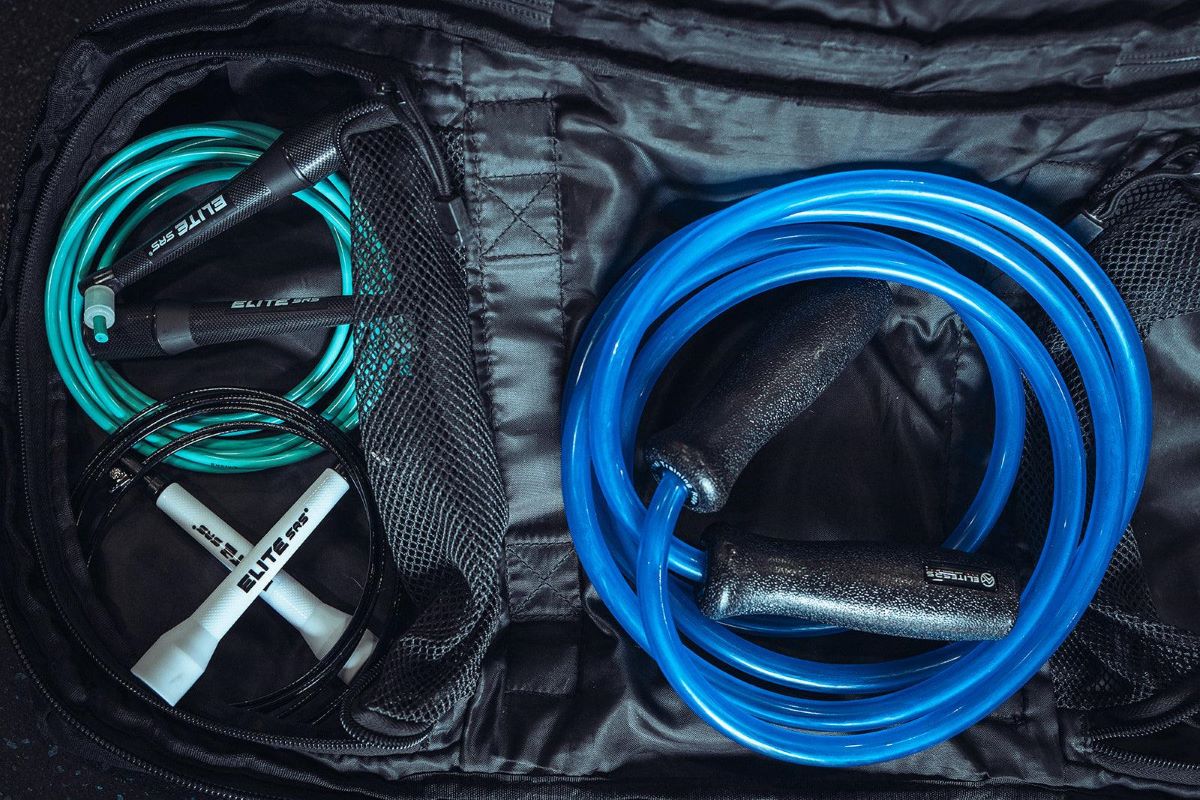
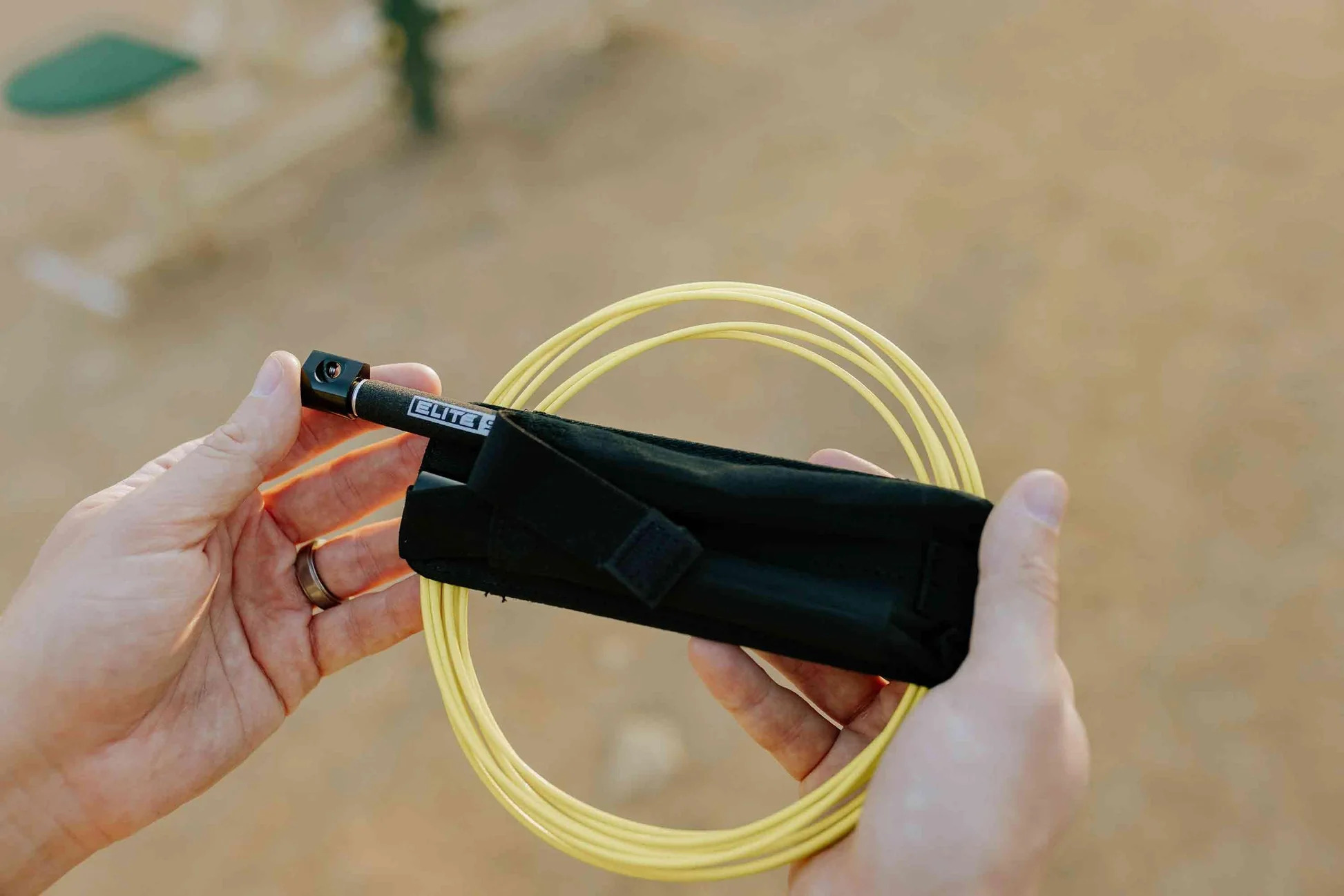
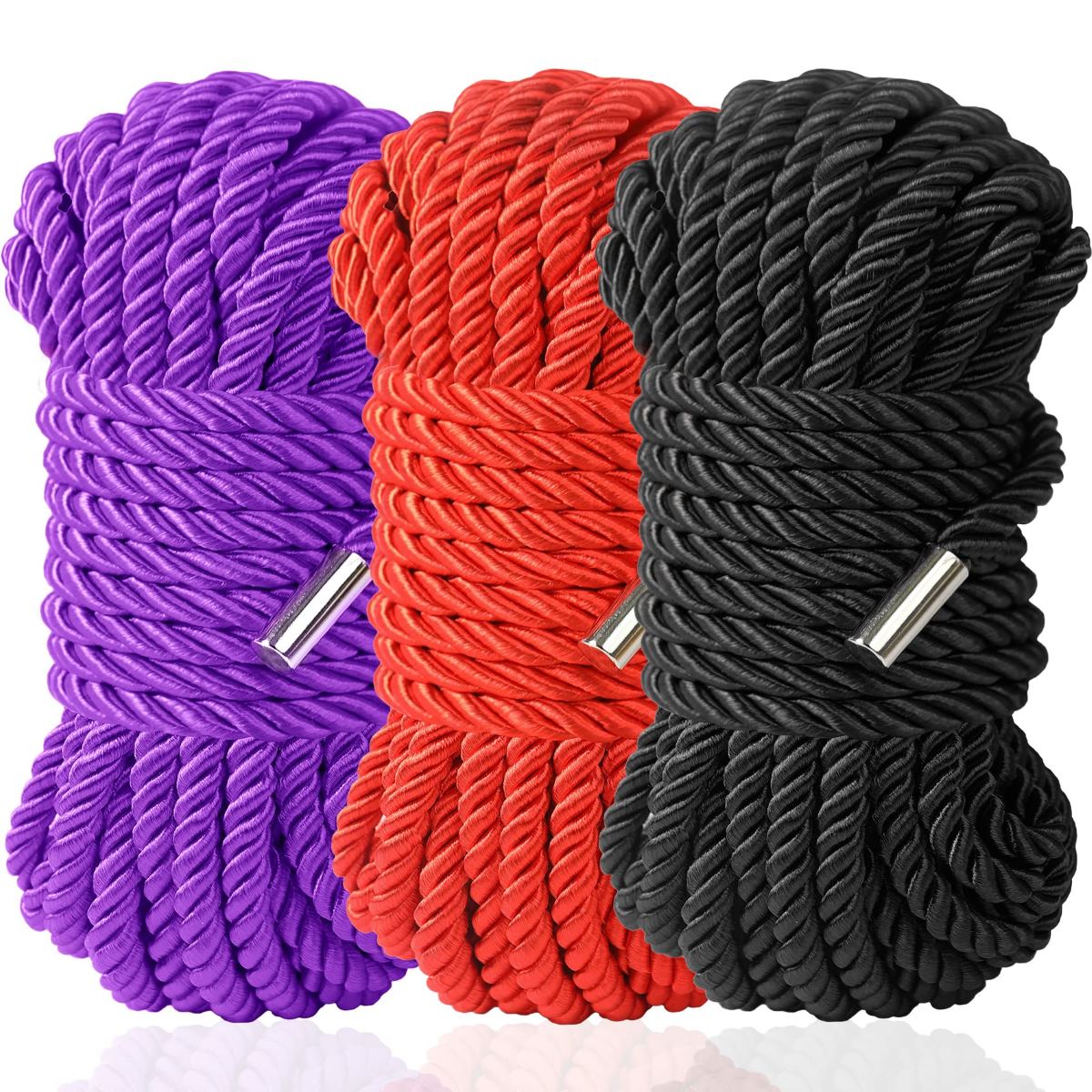

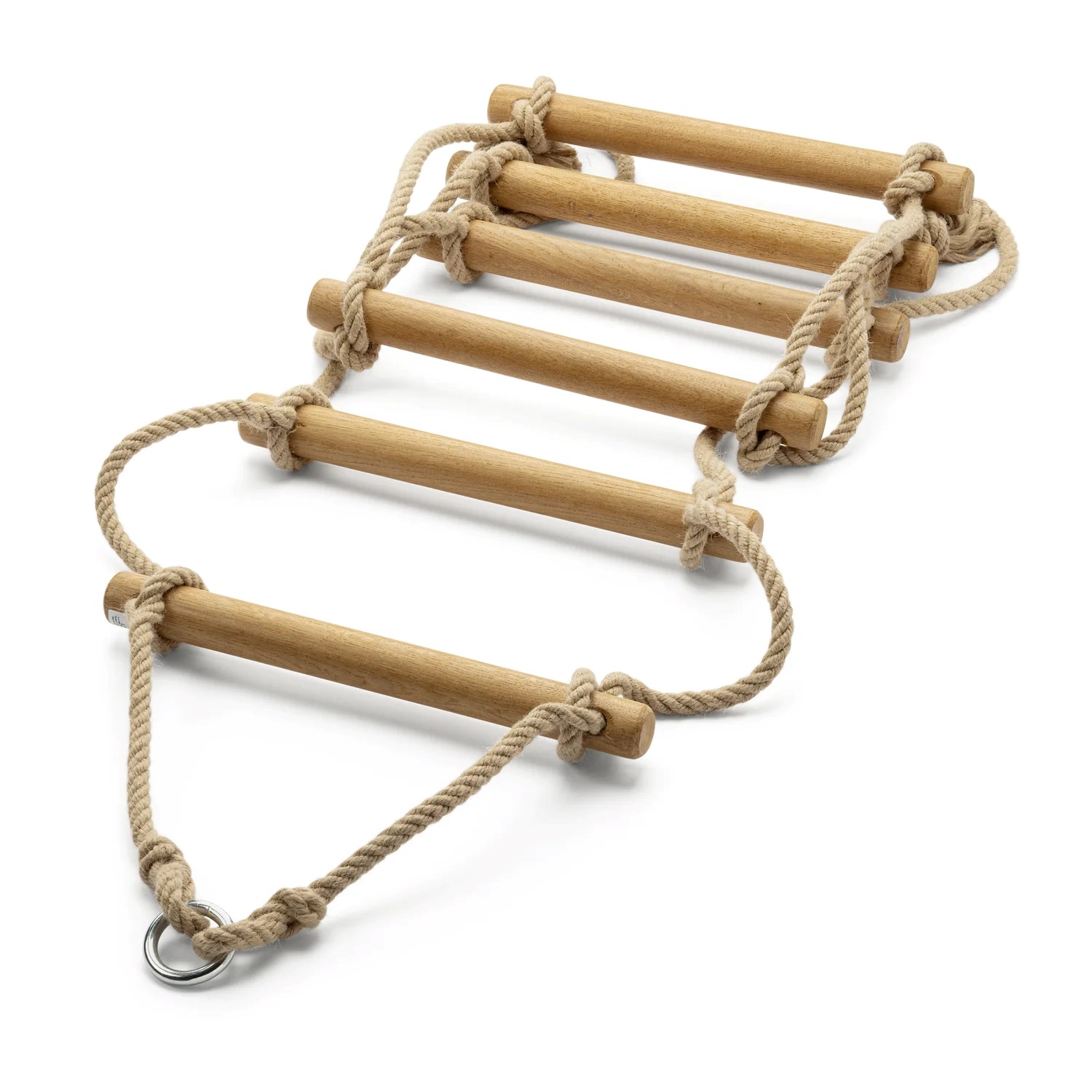

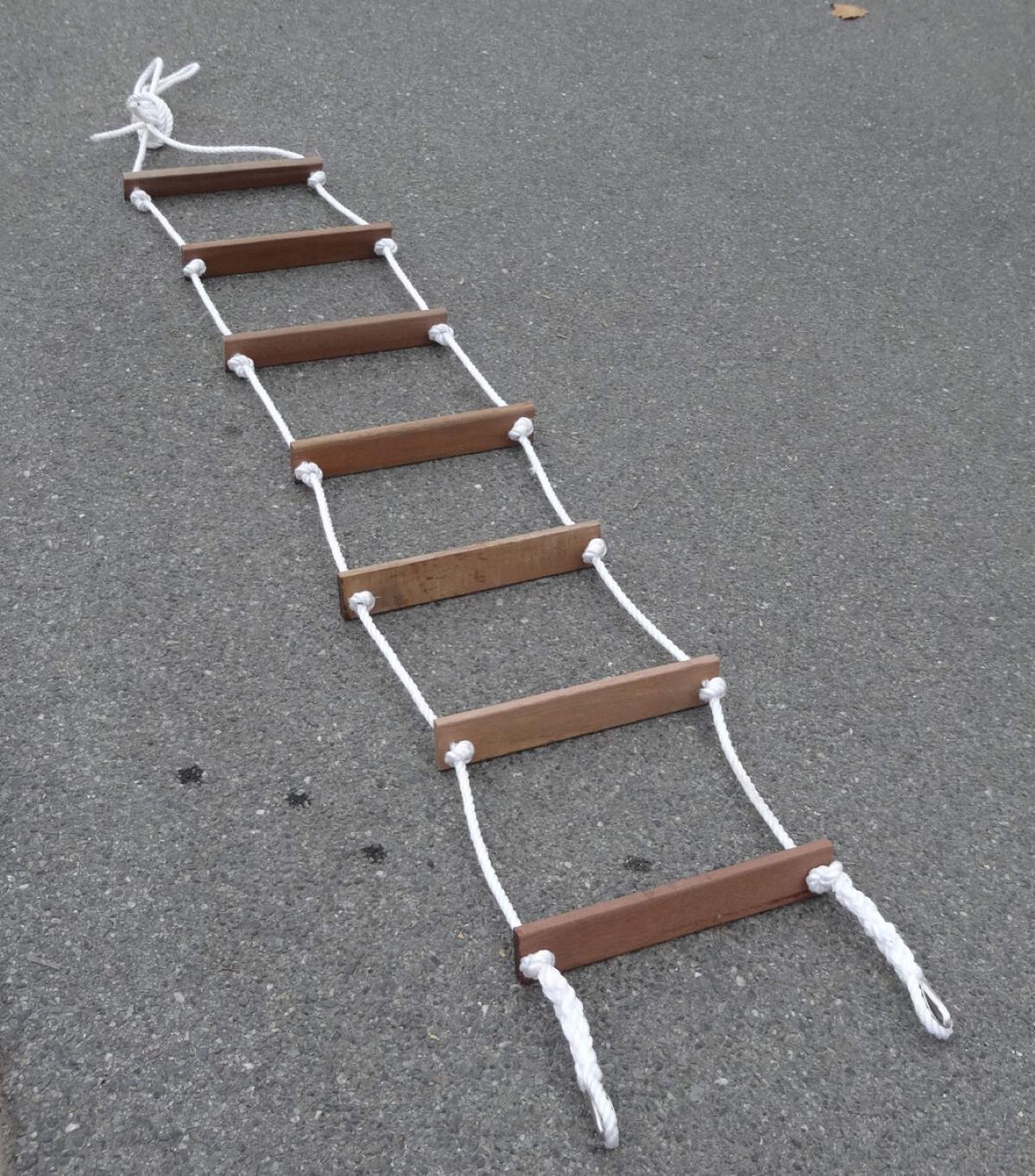
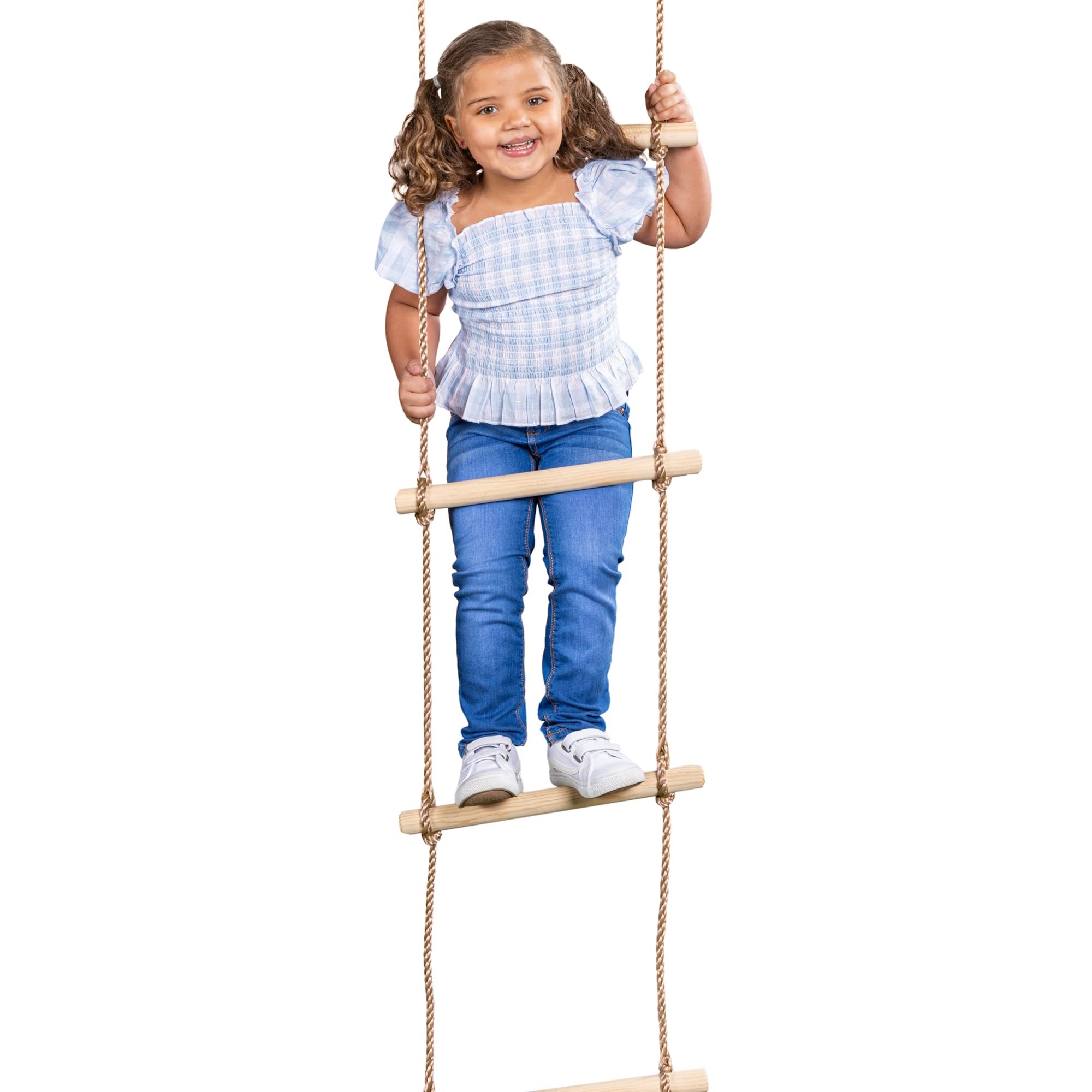
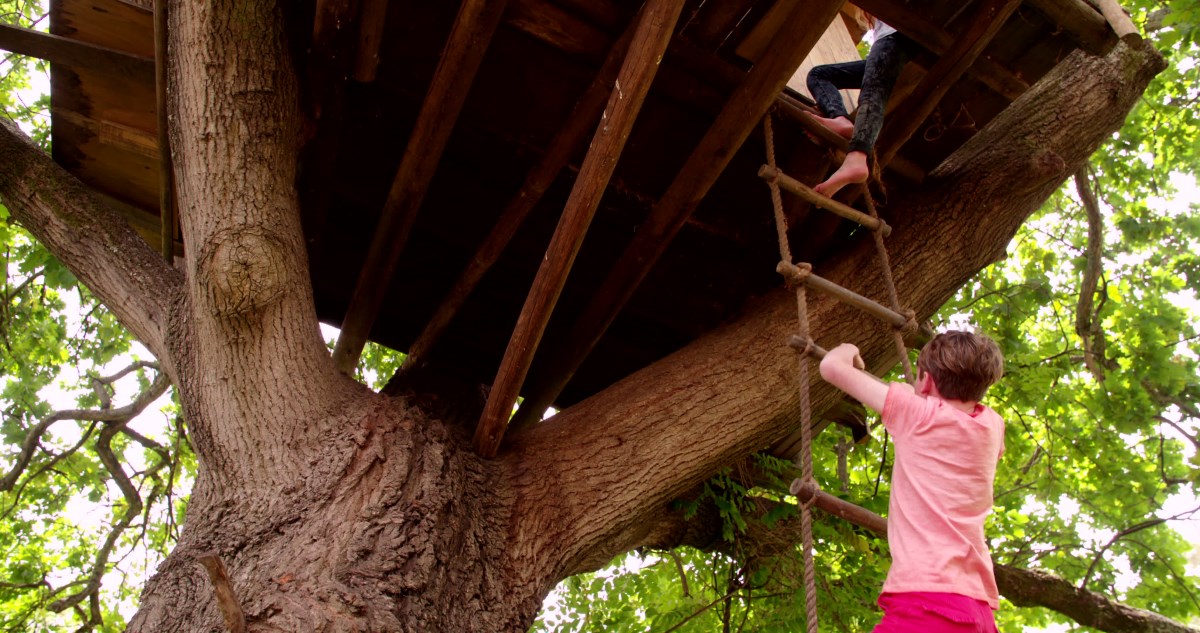
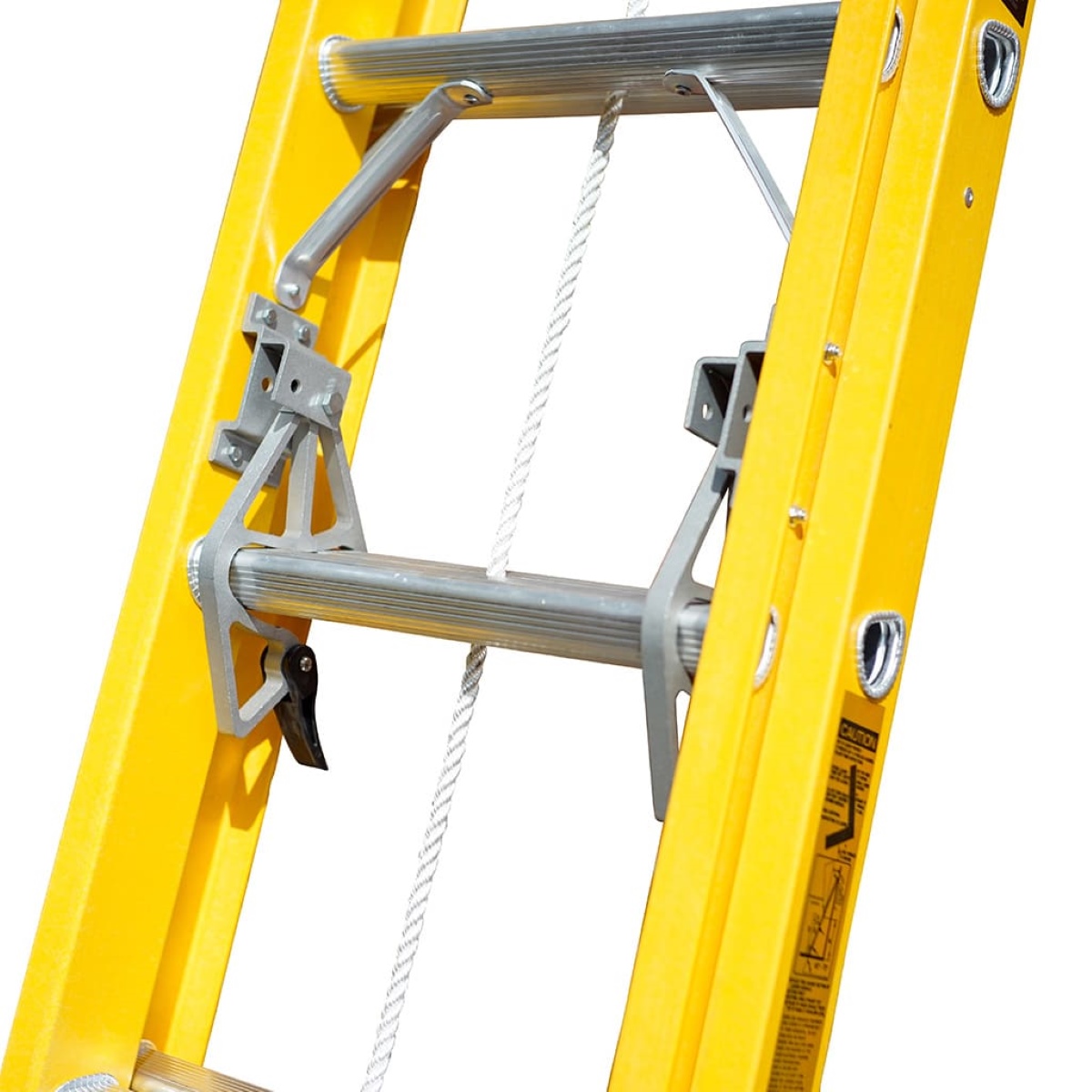
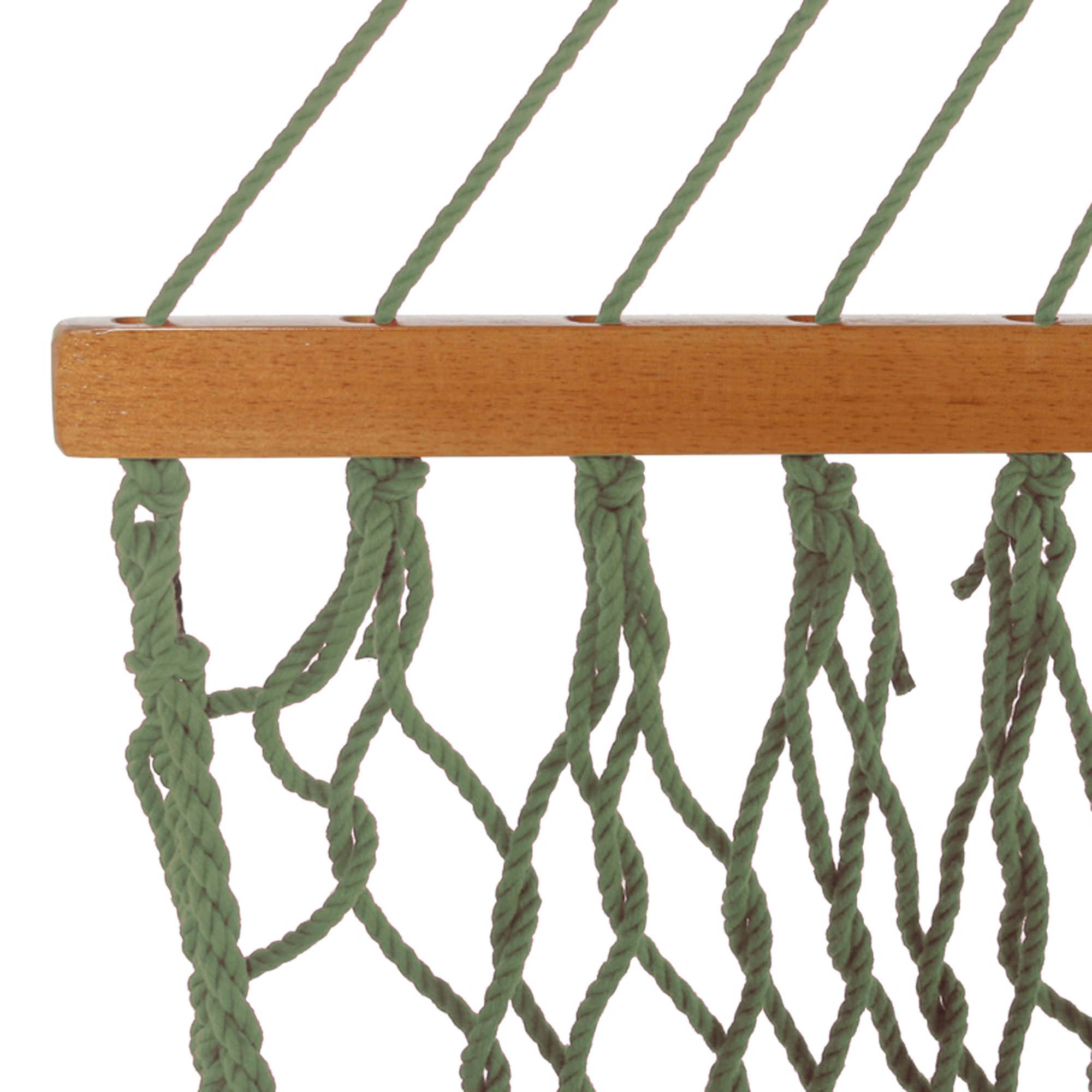

0 thoughts on “How To Store A Rope”